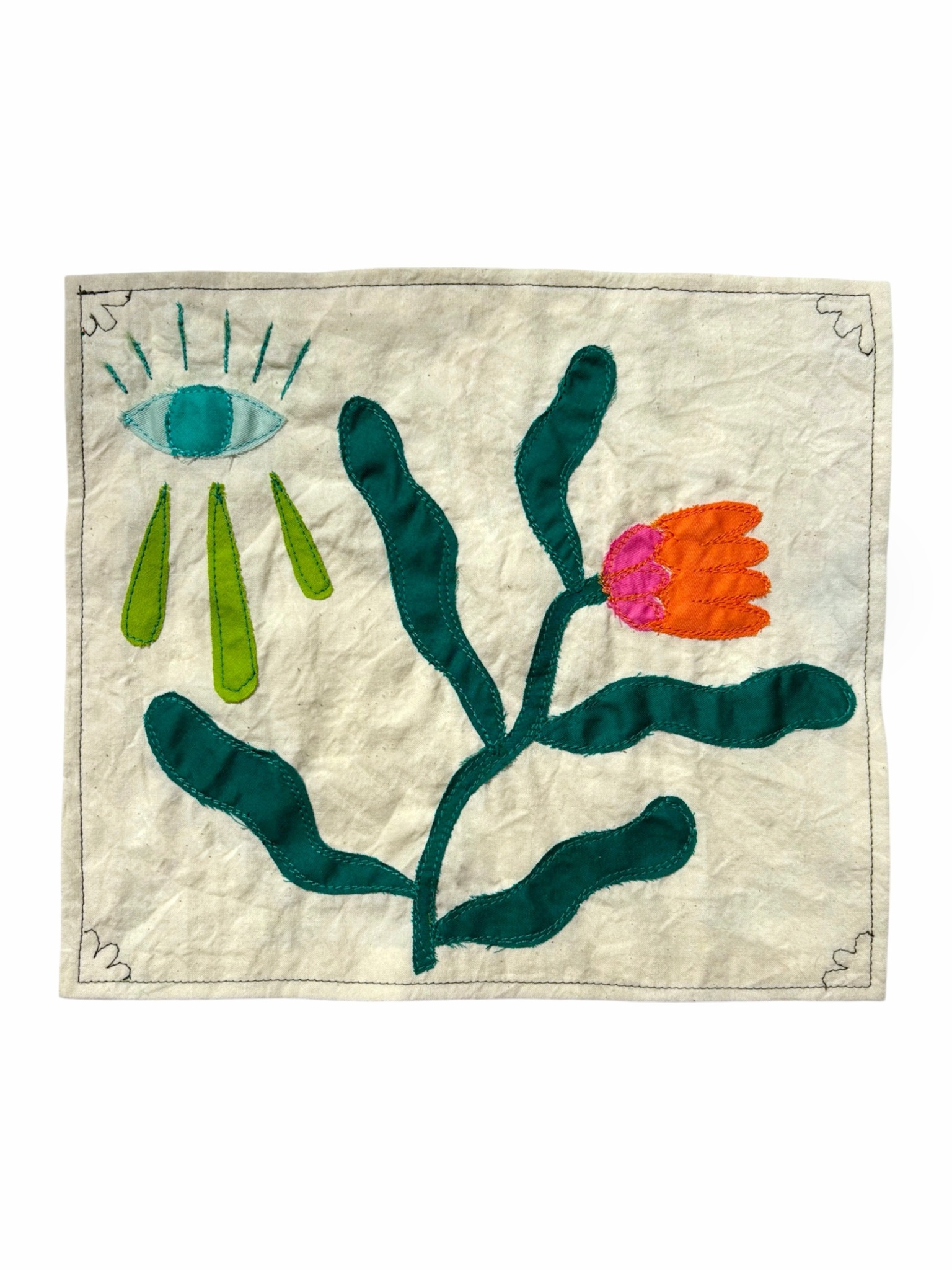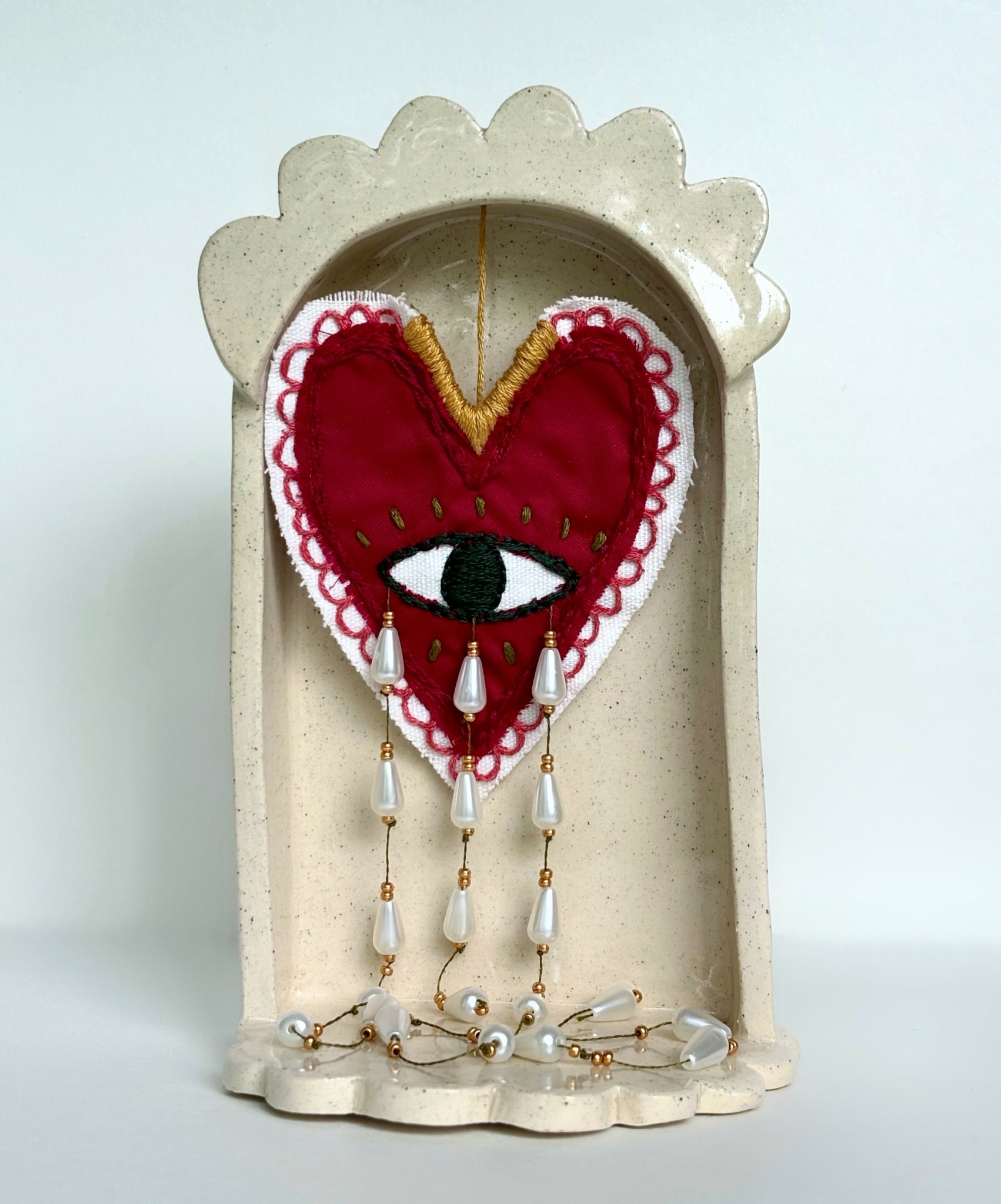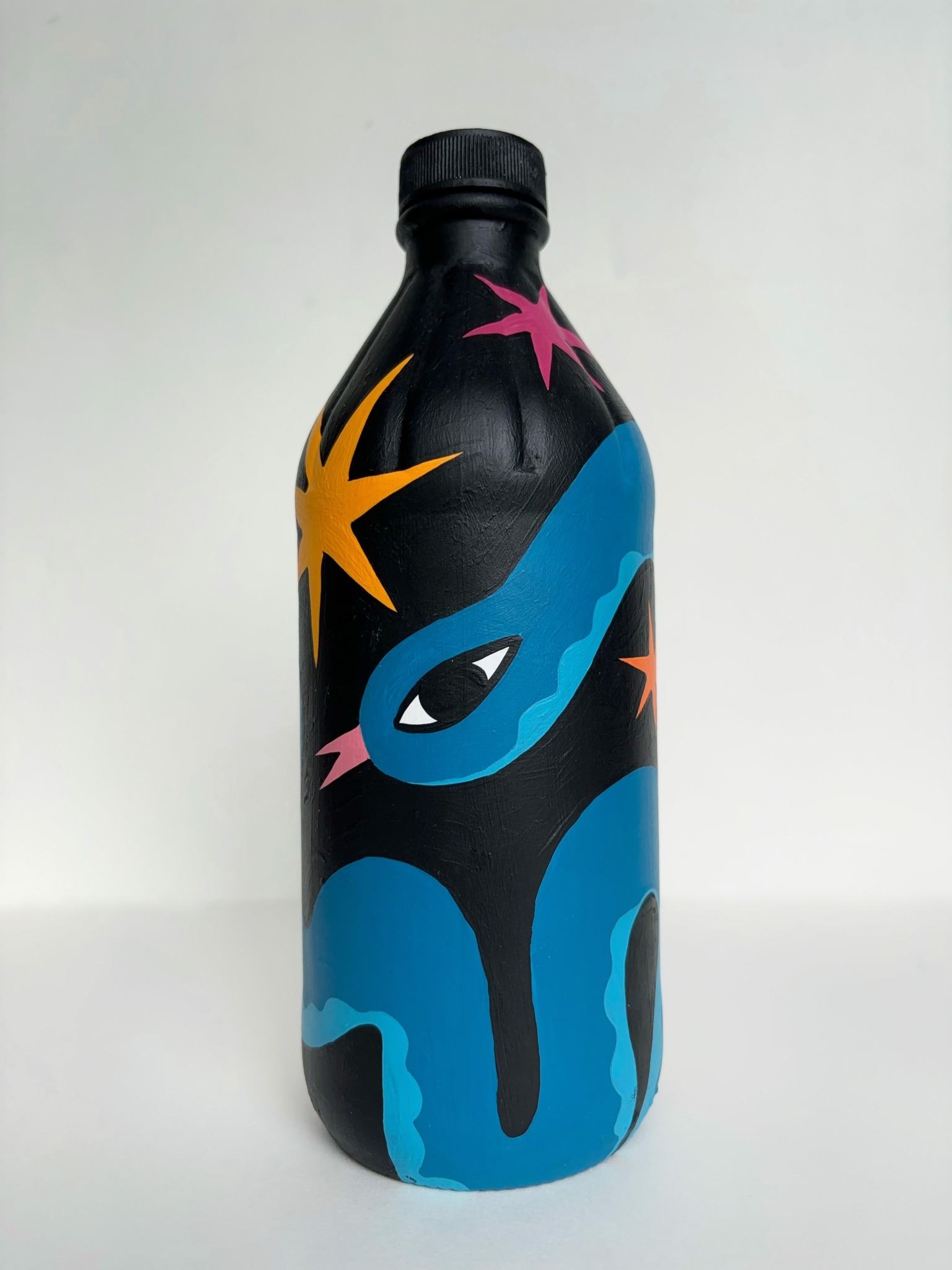We caught up with the brilliant and insightful Emilia Chang a few weeks ago and have shared our conversation below.
Emilia, looking forward to hearing all of your stories today. Can you talk to us about how you learned to do what you do?
I have been making art my whole life and although I ended up getting a degree in neuroscience, I never stopped creating. Working with my hands has always been something I am passionate about, so I took every opportunity to learn more about different art forms through workshops, art books, and YouTube. This helped me figure out what I was most drawn to and what didn’t interest me as much. Looking back, I wish I had taken more classes and taken advantage of art electives during my undergraduate years.
As a mostly self-taught artist, I am constantly learning and that is one of my favorite parts of being a visual artist. Whether it is trying a new material, experimenting with a new process, or researching a subject that informs my work, there is always something new to discover. I think the willingness to learn new skills and to accept that it takes time to improve is one of the most essential qualities an artist can have, along with curiosity. One of the biggest obstacles I faced was access; whether it was not having the time, space, or resources to explore certain mediums more fully. It taught me to be resourceful and to make the most of what I had, which ultimately shaped the way I work today.

Great, appreciate you sharing that with us. Before we ask you to share more of your insights, can you take a moment to introduce yourself and how you got to where you are today to our readers.
I am an Ecuadorian artist based in Chicago, and my practice spans both fine art and community-focused projects. My work is rooted in painting, and recently I have expanded into fiber and clay, which has opened new ways of thinking about materiality and craftsmanship. These explorations lead to meaningful pieces that have been exhibited across the country, where I focus on themes of memory, relationships, and identity.
Alongside my studio practice, I run Emilia Art Stuff, where I bring the same attention to detail into more playful, product-based work. This includes colorful functional pieces like paper goods, hand-painted upcycled vases, and murals that make art accessible in everyday life. I am proud of how this side of my practice allows me to experiment while still staying connected to the community.
Community engagement is a very important part of what I do. I love creating spaces where people can come together around art, whether through workshops where participants learn new techniques or through collaborative murals where neighbors and passersby pick up a brush and paint alongside me. For me, art is not only about making objects but also about creating moments of connection.
What sets my work apart is the combination of deep personal themes in my fine art with the bold, playful accessibility of my product-based practice. I want people to know that everything I make, whether a large-scale painting, an art print, or a community mural, is made with intention and care.

Are there any resources you wish you knew about earlier in your creative journey?
One resource I wish I had known about earlier is the artist community itself and how meaningful those relationships can be throughout the creative journey, especially in the beginning. It can feel intimidating to build a network when you see yourself as an outsider in the art world, but what I have learned is that most people are incredibly approachable and generous. The relationships I’ve built have been mutually supportive, sometimes it’s sharing a helpful tip or opportunity, sometimes it’s offering encouragement or just being there to listen. There is something powerful in building a community grounded in creativity, and I wish I had started reaching out and connecting with others much sooner.

Is there something you think non-creatives will struggle to understand about your journey as a creative? Maybe you can provide some insight – you never know who might benefit from the enlightenment.
I think one thing that can be hard to understand is how different a creative workday looks compared to a traditional 9–5. My days rarely follow the same pattern; sometimes I have long, nonstop workdays, and other times I need slower mornings or time to step back and recharge. Both are equally important because creativity often comes from those quieter moments, even if it does not look like “work” from the outside.
Another misconception is that creative work is simple because the end result might be a painting, a mural, or an object. What often goes unseen is the research, planning, trial and error, and the many hours of preparation that go into making that final piece possible. Alongside that is the reality that exposure or visibility does not replace fair compensation for an artist’s time and labor. Creativity can be joyful, but it is also real work, and acknowledging that makes it more sustainable for artists to keep creating.
Contact Info:
- Website: https://emiliaartstuff.com/
- Instagram: https://www.instagram.com/emiliaartstuff/?hl=en



